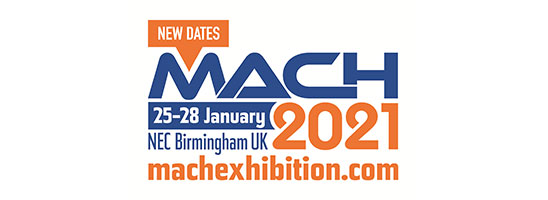It is a legal requirement that each exhibitor undertakes a suitable and sufficient Risk Assessment (RA) for the build-up, open and break-down periods, listing your work tasks and identifying the main hazards that each presents on-site. You can then devise ways to eliminate, reduce, isolate or control those hazards. Without suitable safety control measures in place, exhibitors are liable to heavy fines and prosecution should they be found negligent in the event of an accident to their staff and visitors.
Your RA should cover all the major hazards arising from your work practices on site including: lifting, rigging (working at height), PPE, fire controls, the exhibits and/or demonstrations, COSHH, RIDDOR, fume extraction, haz-chems, noise etc., and how your work may affect those on neighbouring stands or the general public. (NB: SHELL SCHEME EXHIBITORS WILL STILL NEED TO DO A SUITABLE AND SUFFICIENT RA, NOT FOR THE WORK CARRIED OUT BY CONTRACTORS APPOINTED BY THE ORGANISER, ONLY FOR THE EXHIBITORS’ OWN WORK PRACTICES OR HAZARDOUS EXHIBITS)
Question: ‘So, how do I go about undertaking a Risk Assessment?’
Answer: By law, it must be ‘suitable and sufficient’ – but it must also be simple to understand, implement and communicate to all your staff and contractors.
Step 1: Look for the Task/Hazard:
What equipment, materials and chemicals will be used? How much noise and dust will there be? What are the ground conditions? What vehicle movements and lifting operations have to be considered? Do you need to schedule a Late Working Rota to avoid tiredness and mistakes? Will there be any manual handling? Are there any potential slips, trips or falls? Have you accounted for the Disability Discrimination Act? How are you disposing of waste? Are there any electrical installations? What hazardous exhibits do you have? Will your machines produce hazardous fumes? etc., etc.
Step 2: Decide who could be harmed and how:
Who will be affected by your work and most at risk? Think of your employees, contractors and exhibitors on or near your stand, through to the visitors and public themselves. Safe working depends on co-operation between all the firms on site. Take this into account and consider necessary precautions on every aspect of the work being carried out, which include training and the provision of information to all the different parties who are potentially at risk.
Step 3: Evaluate the risks and write down the Control Measures:
Once you have done this adequately, you can then decide on the appropriate action you are going to take to eliminate them. Ask yourself (a) Can the hazard or risk be removed completely or done in a different way? (b) If the risk cannot be eliminated, can it be isolated, controlled or reduced and how? (c) Can protective measures be taken that will protect the entire workforce on site? Protective clothing should only be the last step to take, and is often not the only solution.
Step 4: Record and notify the findings:
Write down the findings of your Risk Assessment. Pass on information about significant risks to those people identified in Step 2, and record what measures you have taken to control those risks for future reference. Write it all down … then do it on site! Remember to keep it simple.
Step 5: Review your findings:
This allows you to learn by experience and take account of any unusual conditions or changes that occurred on-site. The exhibitor's foreman and the principal contractor should compile the RA as well as a specific Method Statement, and go through it with all relevant parties in advance of the exhibition. Update your RA as and when required, such as if new work practices are brought in, new staff employed, or the working environment changes in any way. Ordinary handwritten changes are quite acceptable!
Further guidance on conducting Risk Assessments can be found on the Association of Event Venues website










